
So you want to start your homestead rabbit journey, and you’re not sure where to begin. What do they eat? How much do they eat? What happens if they get sick? How do they live? While these things can all be elaborated on extensively, I’ll try to sum it up for you in a condensed version.
When you’re done here—or if you’re looking for something more in-depth—head over to our Rabbit page to learn more, and definitely check out the resources list at the end of this post. I’m also currently working on a homestead rabbit book, which I hope to have completed and for sale next Spring (2017).

Whether you just purchased your rabbit herd, or you’re about to, there are some key rabbit care basics you’ll need to know.
Rabbit Housing
Some people choose to raise on pasture, while others choose to raise in hutches. Some, like us, even choose to do both. While our rabbits can’t be on pasture at all times, we do rotate them out. No matter the housing, you’ll need to make sure they are secure and safe from predators. Rabbits should also be out of direct sunlight, if at all possible, in the warmer months. In the cooler months, direct sunlight is fine. But make sure they have a shaded area where they can go inside of their hutch.
If you choose to do wire hutches that aren’t on pasture, I highly suggest investing in a floor mat that they can sit on should their feet ever get stressed from the wire. You can purchase them here, or you can simply put a small piece of plywood in their hutch.
Make sure all hutches are draft free in the winter months, as cold air can be detrimental to rabbits. You’ll also want to pack their hutches full of straw in the winter time.

Rabbit Feed
Rabbit feed, to me, is the most interesting part of raising rabbits. Also, don’t forget WATER. Rabbits need a constant supply of water. In the wintertime, this can be hard. We switch over to crocks rather than bottles, so that they can at least lick the ice.
The bulk of a rabbit’s diet should consist of some form of hay—ours love orchard grass. You can also give your rabbits alfalfa hay, but be careful not to over do it. Too much alfalfa means too much calcium. If you’re feeding them alfalfa hay, then they do not need a high calcium/protein pellet.
The next source of feed is raw food. If you choose to do a completely raw food diet, in addition to hay, each rabbit needs about one quart of raw food each day. This can be in the form of carrots, dark greens (such as kale), etc. Fruit can also be given as a treat, but not overly done as they have a lot of sugar in them.
You can raise your rabbits on pasture, but be warned, they will grow much slower on pasture without a pellet or hay supplement.
A rabbit pellet is the final option for rabbit feed. Choose a pellet that is high in protein if you are raising meat rabbits. Organic is best.
What about treats? Your rabbits don’t “need” treats, but we do supplement and add treats to feed, such as Black Oil Sunflower Seeds, and other various types of seeds. Because seeds are high in fat/oil, we give them in rations, as not to make the rabbits fat.
Herbal Additions — we also enjoy adding herbs to our rabbit’s regular diet. Thyme, oregano, rosemary, echinacea, cilantro, parsley, and just about any other herb you can find at the store. Please do your research to see which herbs rabbits can have. However, these I mentioned above are some of our favorites. While they are a tastey treat, they are also an incredible immunity booster.

Rabbit First Aid Kit
Inevitably, your rabbit will find itself in a predicament at some point in its life. Whether it’s a hurt paw, or something more dire like a respiratory issue, there are things to keep on hand so that you aren’t running around frantically trying to find something to help your ailing livestock.
We choose to treat holistically here on our homestead, so I’ll be listing what holistic treatments I keep on hand.
Vibactra Plus Immunity/Digestive Boost — We give this every few months for 3-5 days at a time. This helps boost immunity, aides in digestive issues, and helps cleanse the body of parasites.
Otalgia Drops for Ear Infection — Rabbits are prone to ear infections, and can sometimes get ear mites. Otalgia drops are a great option. If you don’t want to buy Otalgia drops; water, honey and essential oils also help.
Vibactra All Natural Antibiotic — If you’re raising meat rabbits, the last thing you want to do is treat it with antibiotics. That’s kind of why we got into raising meat rabbits, after all. To stay away from commercial treatments. This is a great, all natural option for antibiotics.
Essential Oils — I keep peppermint, oregano, and tea tree in my medicine kit at all times. Great for cuts and scraps (with a carrier oil). I purchase all of my EOs through doTERRA.
Diatomaceous Earth (food grade) — Add this to their feed every few days to help rid their digestive tract of any parasites.
Echinacea Leaves or Powder — Great immunity booster, but also another natural antibiotic treatment.
Other things like gauze pads, stitches, scissors, and wraps are also essential.

Play Time and Bonding
Each and every homestead is different. We all have different ways of raising animals, and as long as they are healthy and happy, that’s what matters.
Here on our homestead, we don’t have a lot of time to spend with the adult rabbits on a regular basis. However, whenever we have a brand new litter, we spend a lot of time with them the first 6-8 weeks of life. This is essential to a well behaved rabbit.
Giving your rabbits something to play with in the meantime is optional, but I believe you’ll find it more fun for them, and your own conscious. A small ball is a favorite here. Something as simply as a dollar store ball. Nothing bigger than them.

Ultimately, rabbits are fairly easy to take care of. I encourage you to check out these more in-depth blog posts of mine, as well as some videos, for more information on purchasing rabbits, breeds, housing, feed, and holistic treatment.
Other Resources:
The Basics: Raising, Breeding and Processing Rabbits
(highly suggest reading!)
(highly suggest reading!)




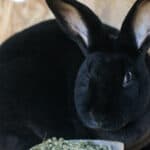
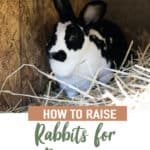
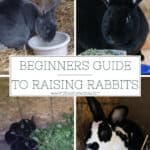
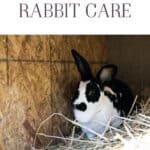
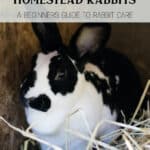
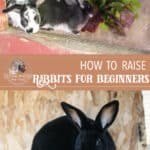

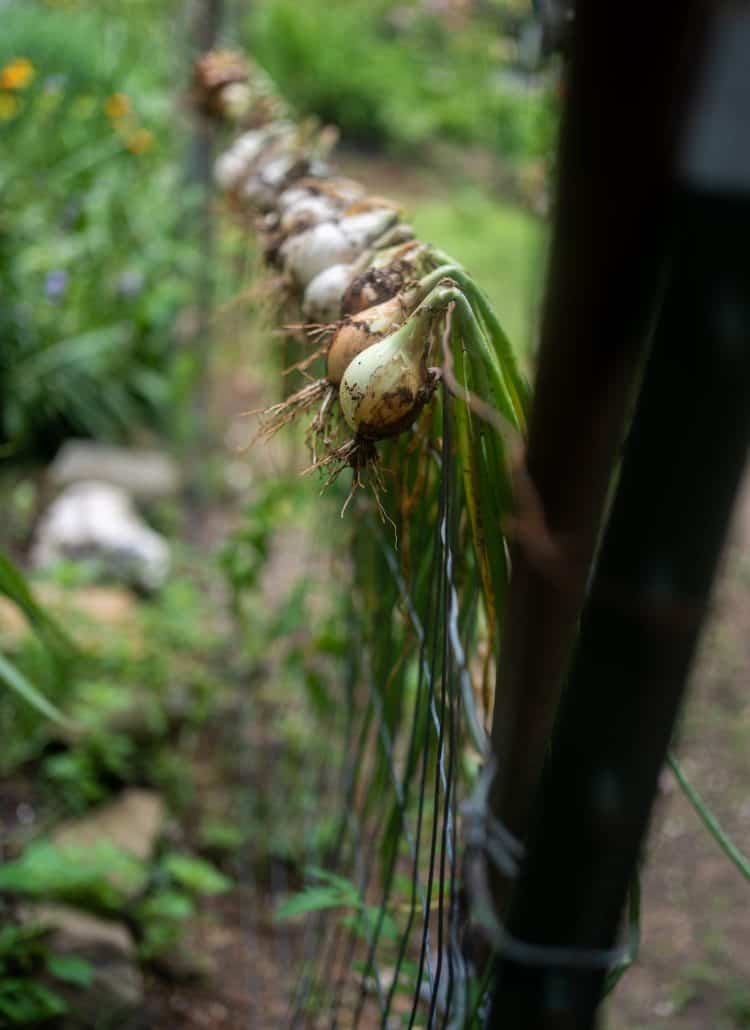
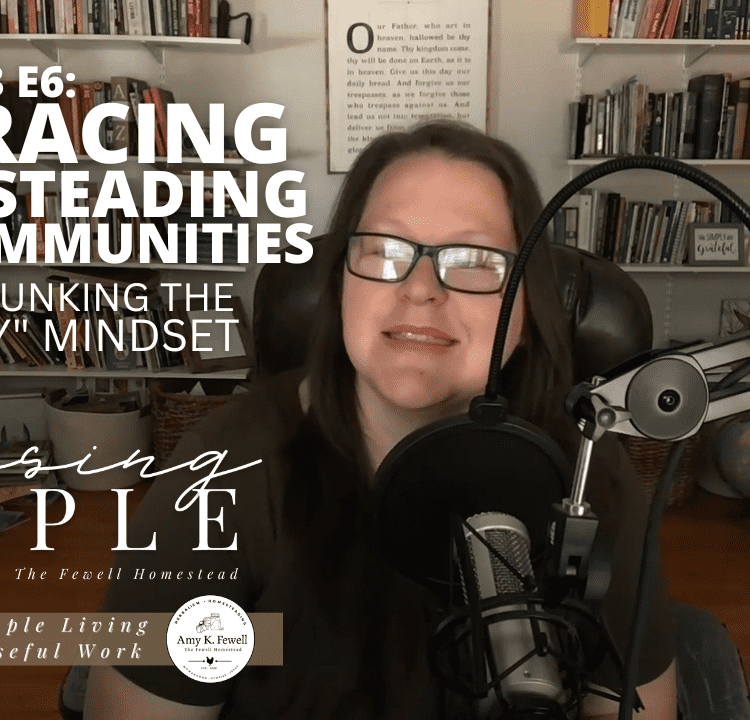

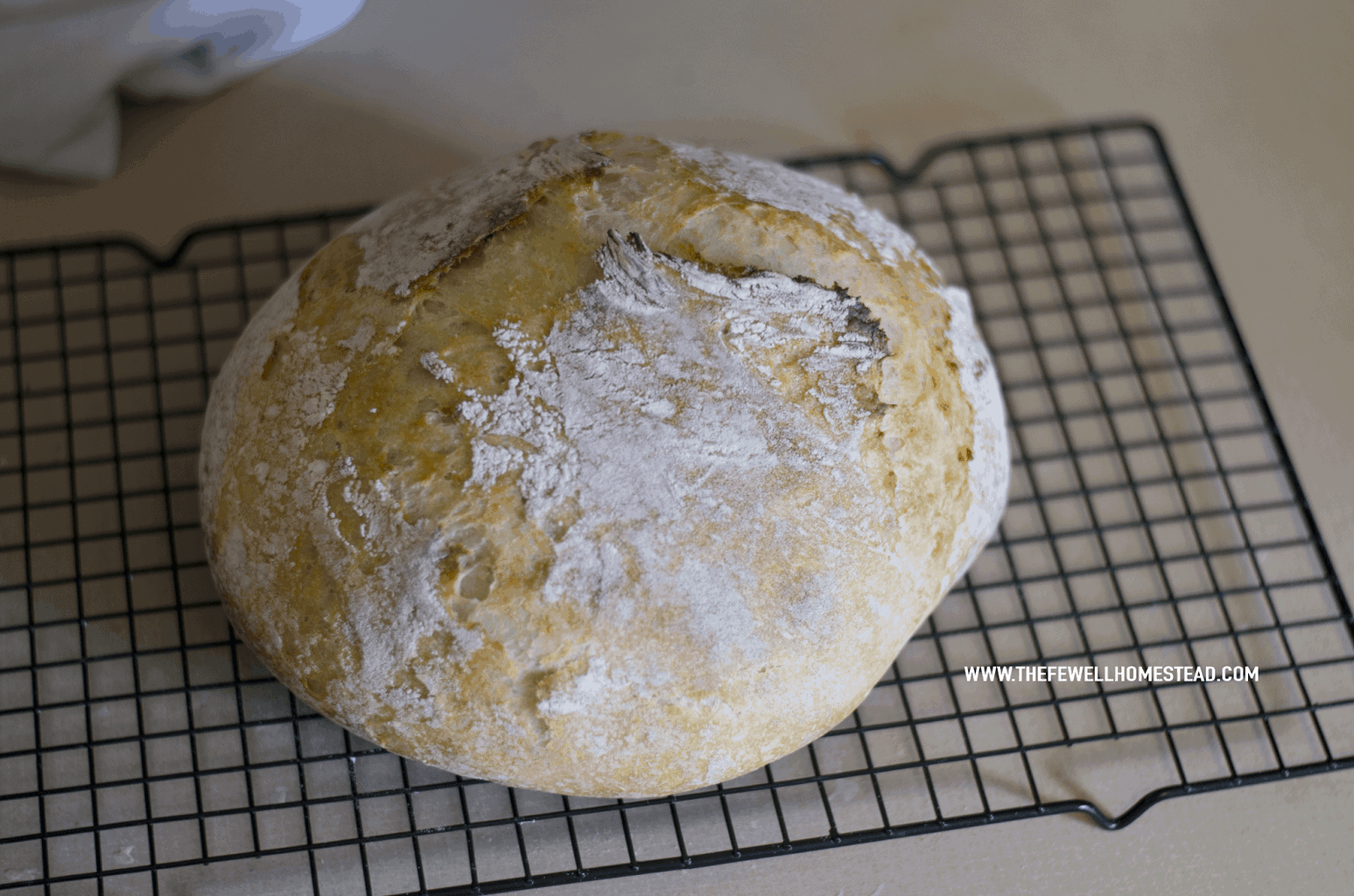
Leave a Reply